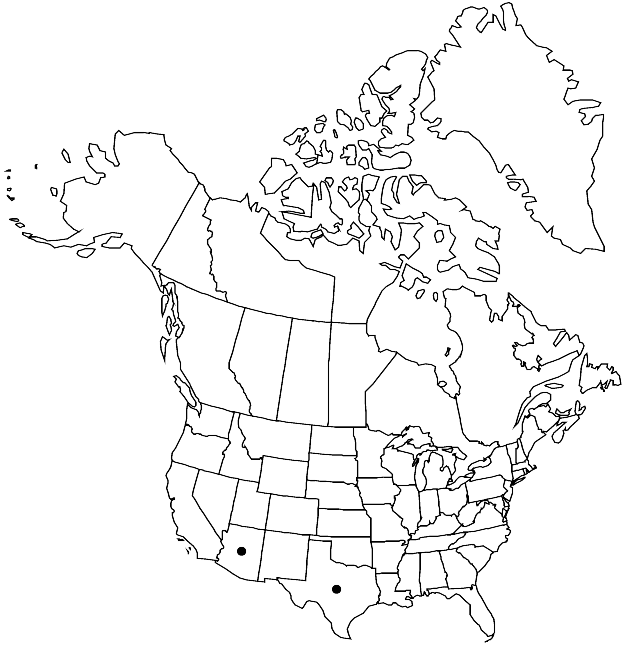Difference between revisions of "Braunia andrieuxii"
Moosstudien, 164. 1864.
Selected by author to be illustrated
Synonyms: Braunia secunda var. andrieuxii (Lorentz) Thériot
FNA>Volume Importer |
FNA>Volume Importer |
||
| Line 54: | Line 54: | ||
|publication year=1864 | |publication year=1864 | ||
|special status=Selected by author to be illustrated | |special status=Selected by author to be illustrated | ||
| − | |source xml=https://jpend@bitbucket.org/aafc-mbb/fna-data-curation.git/src/ | + | |source xml=https://jpend@bitbucket.org/aafc-mbb/fna-data-curation.git/src/f6b125a955440c0872999024f038d74684f65921/coarse_grained_fna_xml/V28/V28_137.xml |
|genus=Braunia | |genus=Braunia | ||
|species=Braunia andrieuxii | |species=Braunia andrieuxii | ||
Revision as of 19:44, 24 September 2019
Stems with stolons apical on secondary stems and distally on branches. Leaves with margins recurved proximally, plane distally; distal medial laminal cell walls straight or weakly sinuate. Sexual condition autoicous.
Phenology: Capsules mature spring.
Habitat: Shaded or open cliff faces and rock outcrops in gorges and canyons, talus, granite boulders, dry rock
Elevation: low to high elevations (0-1700 m)
Distribution

Ariz., Tex., Mexico (Jalisco, Michoacán, Oaxaca).
Discussion
Leaf apices are shorter and broader in Braunia andrieuxii than in B. secunda. Braunia andrieuxii appears a paler yellow than B. secunda, and the cells are relatively thinner-walled and moderately porose and smooth at the base.
Selected References
None.
Lower Taxa
None.
